Islamabad-based band releases arguably 2018's best music video so far
Only a very keen eye will be able to grasp the concept behind Saakin’s ‘Saqi-e-Bewafa’
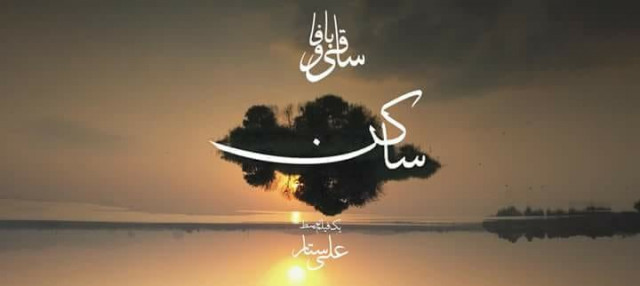
PHOTO:FILE
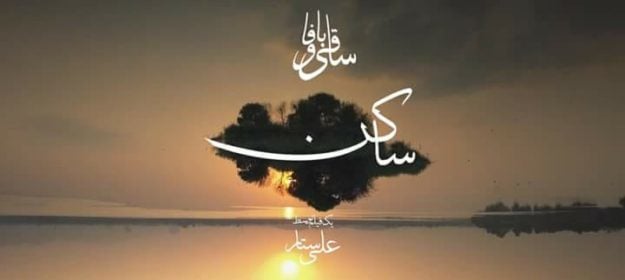
You see vocalist Usman Shakeel begin to sing the eternal words of Shams Tabrizi’s kalaam. Fade to black. And the band appears in a basement of sorts, out of thin air. It continues playing and until then, it feels like an average music video. But it’s anything but that.
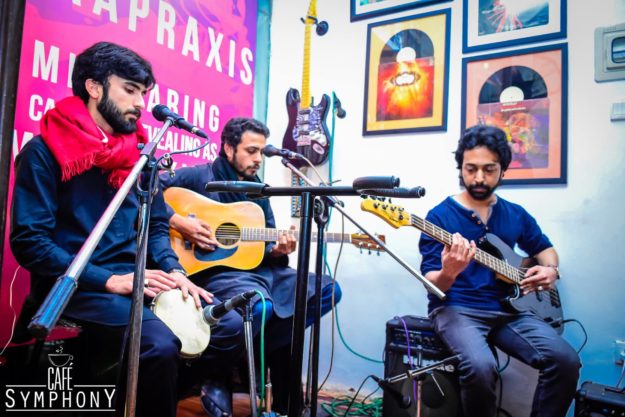 PHOTO:FACEBOOK
PHOTO:FACEBOOKOnly a very keen eye would notice the details that make it stand out. Halfway through the song, one realises there is more to it. The scene changes to that of a lake. An island floats in the air. The notes of shehnai now make the mood surreal, assisted by the magical, yet realistic, visuals. The band members’ movements while performing trail, in a way depicting their transcendence.
Later, we see the same men sitting around a bonfire by the lake, reciting the kalaam. A boat with two men approaches and they get up to receive them. Who are the men on the boat? They have come to join in the recital. It happens again.
 PHOTO:FILE
PHOTO:FILEUpon multiple viewings, one begins to find a deeper meaning. My perspective was that Tabrizi himself joined the band in praising Imam Ali (RA), singing the words he wrote generations ago. The video director Ali Sattar tells me I’m close in my interpretation but not quite there.
“A lot of people have given me such interesting explanations of what they thought the video was about. But they completely missed the point we intended to portray,” he says. “One told me he thought it was about the band being stuck in a purgatory, the other related it to Noah’s Ark and how band members are the last survivors after an apocalypse. One linked it to Greek mythology and another even compared it to Iron Man somehow.”
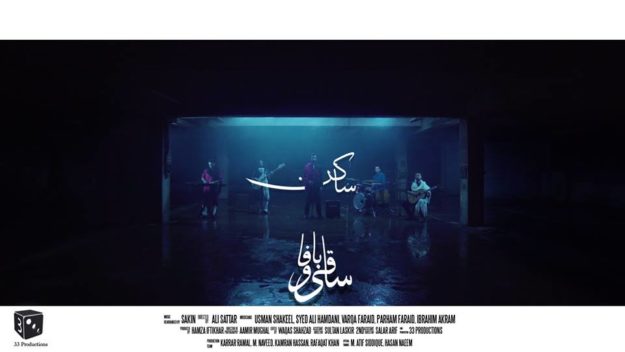 PHOTO:FILE
PHOTO:FILEThen Sattar clues me in. “Whatever you are about to see has already happened,” he explains. “The idea is that the kalaam has been recited so many times over the generations, it’s still being recited and will be remembered forever, as I see it. We wanted to portray that repeated revisiting quality of the kalaam.”
How? That will remain a mystery unless one delves deeper into the video, looking for details and connecting the pieces to solve the puzzle. Perhaps the best part is that the visuals keep you hooked until you know the answers or come up with your own.
Saakin’s composition of the kalaam is equally gripping. It builds slowly, taking its time and fully giving weight to the Persian verses. “In rapture, my very being cries out Ali, Ali.” The mellow and minimal (alternative rock) instrumentation lets you focus on the different elements of the song as well, creating an atmosphere of trance, needed to fully take note of the words being sung.
 PHOTO:FILE
PHOTO:FILEShakeel describes the manqabat as the “sada (cry, call) of a Sufi for Ali (RA).” He explains why they chose Saqi-e-Bawafa as the debut track. “We formed Saakin several years ago and have been performing locally. It was one of our friends from the Ismaili community who made us listen to the manqabat first and we have been reciting it for years now,” he shares. “The melody of it is the same we heard in jamatkhanas and we arranged it musically.”
Saqi-e-Bawafa simply marks the arrival of this hungry talented group of five, comprising Ali Hamdani, Ibrahim Akram, Varka and Parham Faraid and Shakeel himself, into the Pakistani music industry with what's arguably the year's best music video so far. The band, as Shakeel said, already has more than 10 tracks ready and will be releasing them one by one.
Watch the video here:
Have something to add to the story? Share it in the comments below.


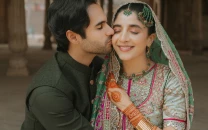







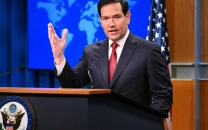








COMMENTS
Comments are moderated and generally will be posted if they are on-topic and not abusive.
For more information, please see our Comments FAQ